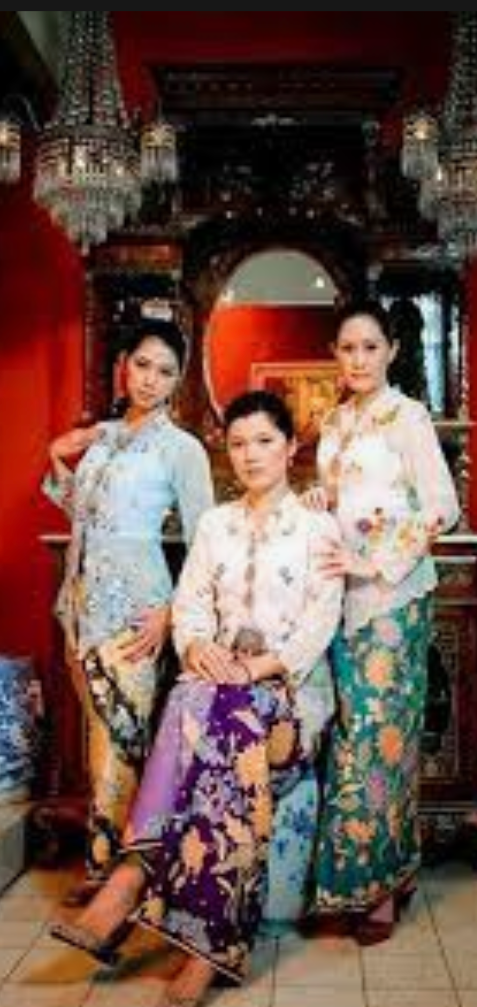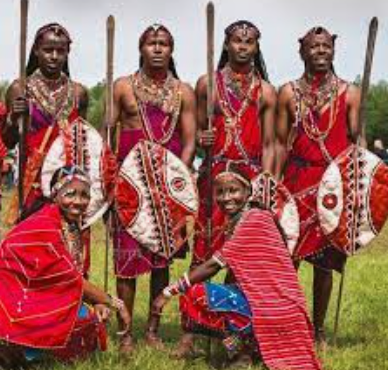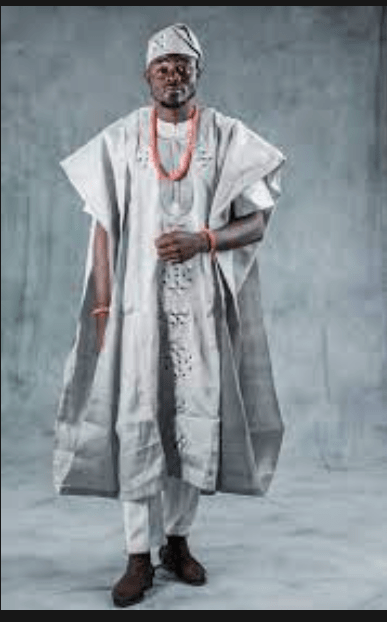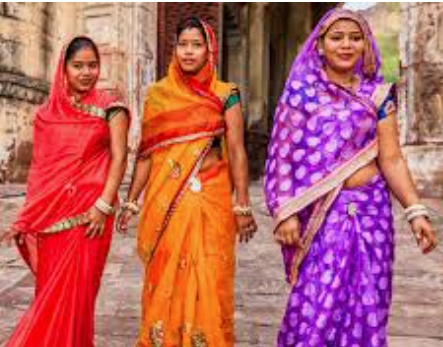Our clothing represents our culture and way of life and is more than simply a collection of materials that are stitched together to keep us safe. Therefore, it should come as no surprise that communities have utilized clothes over the ages to convey status, mark significant occasions, and demonstrate togetherness, among many other things. And some of them are:

Kebaya -A traditional blouse-dress set known as a kebaya was first worn at the court of the Javanese Majapahit Kingdom. Women in Malaysia, Singapore, Brunei, southern Thailand, Cambodia, and the southern Philippines all dress in what is known as the national costume of Indonesia.

Shúkà-The Maasai people of southern Kenya and northern Tanzania typically wear sheets wrapped around their bodies, and the Maa name for this is shúkà. The sheeted clothing is generally red, however, occasionally it is combined with other hues and designs like florals or plaid. The Swahili word for one-piece clothing is kanga, and it is widely used.

Agbada-One of the titles for the sweeping, wide-sleeved robe that men in regions of West Africa and North Africa wear is the agbada. Agbada is a name that varies based on the ethnic group but is derived from the Yoruba language. Intricate stitching is typically used to embellish the clothing, which is worn for particular religious or ceremonial occasions. Aso-oke, the weaving fabric of the Yoruba, a significant ethnic group in Nigeria, is used to make several agbadas. To represent the wearer’s own sense of style, the cloth is available in a variety of hues and patterns.

Sari-India, Sri Lanka, Pakistan, Bangladesh, and Nepal all historically wear the sari, which is also sometimes written “saree.” The sari is a neutral item of clothing and is mostly worn by women in contemporary fashion. It may be a completely practical item used every day or a family treasure passed down through the years.

You must be logged in to post a comment.